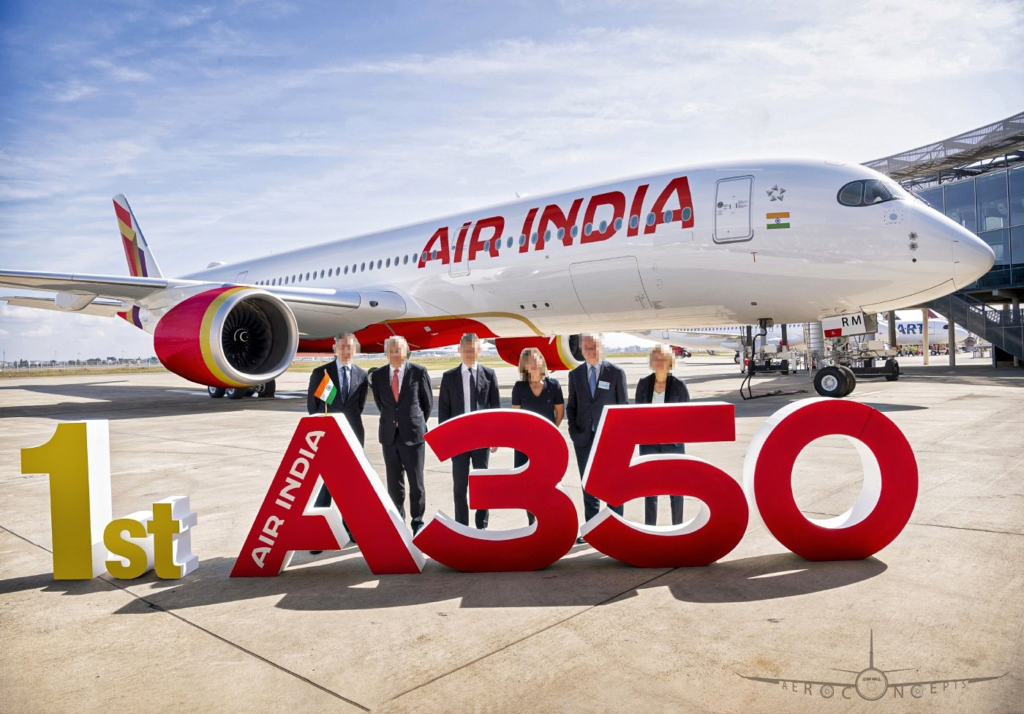GURUGRAM- Amid widespread speculation, the Air India (AI) group officially declared an order for 470 aircraft in February this year, initially hailed as the largest in history.
However, IndiGo (6E) managed to outdo this feat by securing an order for 500 planes just a day before Air India formalized its order, effectively snatching the record. Both announcements occurred at the Paris Air Show in June of the same year.
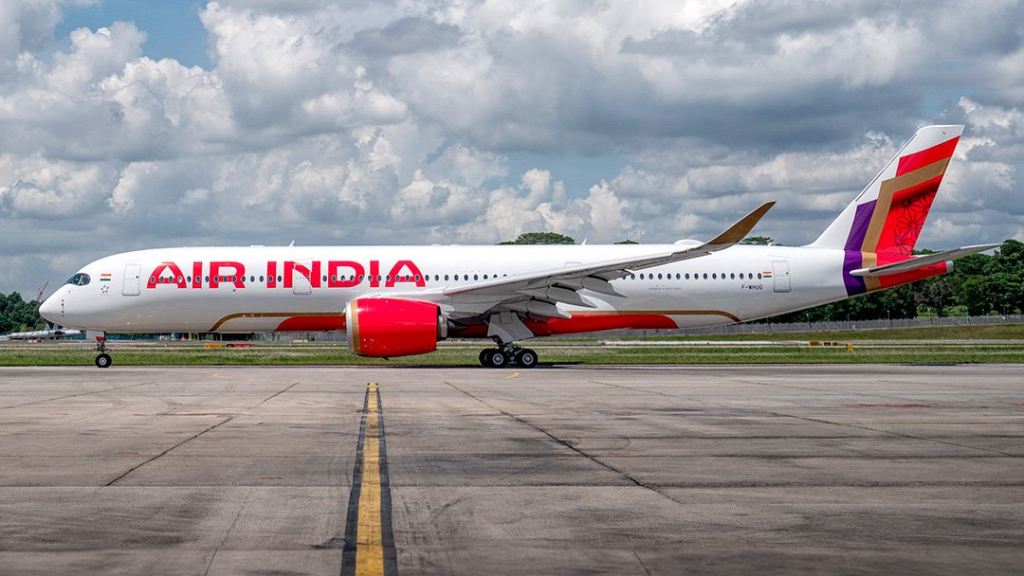
Air India Airbus Order Change
Air India’s substantial order encompassed a mix of Airbus and Boeing aircraft, including both narrowbody and widebody options. The Airbus portion featured 140 A320neo aircraft, 70 A321neo, 34 A350-1000, and six A350-900 wide-body jets.
Originally intended for Aeroflot, the six A350-900s went undelivered after Russia’s attack on Ukraine in February 2022. It was widely believed that Air India opted for the A350-1000s for its requirements, while the six A350-900s were acquired promptly due to their availability.
Although four of these A350-900s have been received by Air India, none have yet arrived in India, as they are currently undergoing either painting in Air India colors or cabin refits.
In a surprising turn of events, the latest Airbus orders data, covering information until the end of November, reveals that Air India has adjusted its orders, flagged by Livemint.
This includes an increase of 14 more A350-900s than initially planned and a corresponding reduction in the number of A350-1000s. The most unexpected change involves narrowbody aircraft, with the airline revising its order to 70 A320neo units and expanding the A321neo order to 140.
As of now, none of the narrowbody aircraft have been delivered, with the current fleet originating from an earlier 2022 order through lessors.
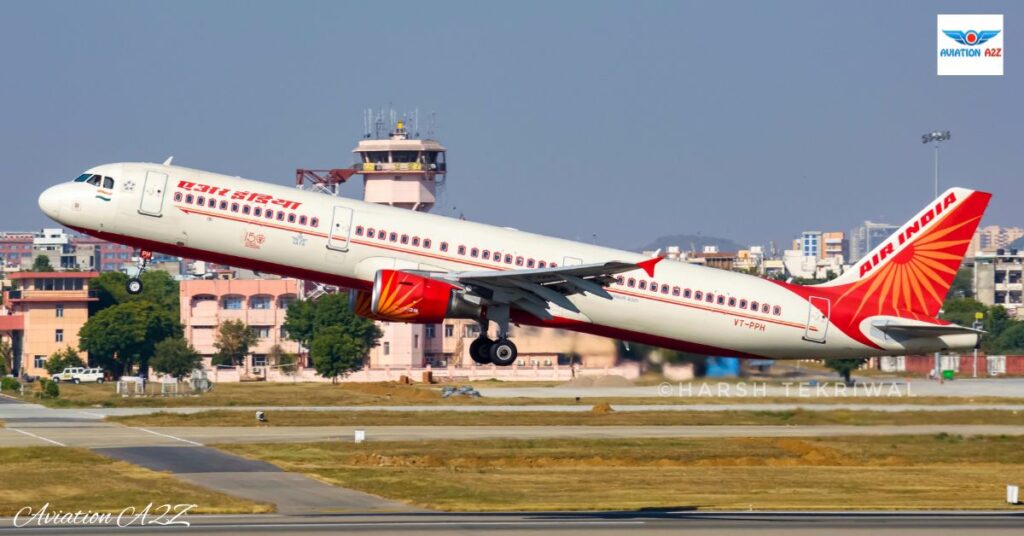
Is it Normal to Change the Order?
In the usual course of affairs, agreements between Original Equipment Manufacturers (OEMs) and airlines permit modifications to the order book, albeit at a cost and within a specified cut-off date determined by the well-organized production process.
Although the A320 and A321, as well as the A350-900 and A350-1000, share numerous common parts, any alterations must be made well in advance.
This precaution is essential to ensure that suppliers and their counterparts are adequately informed of changes before the initial components commence their journey through the production process. This becomes especially crucial in the current era, given the prevalent challenges in the supply chain.
Against the backdrop of supply chain issues dominating discussions, rivals such as IndiGo have also undergone multiple adjustments to their order distribution. Initially favoring the A321neo, they shifted to the A320neo before subsequently reorienting once again toward the A321neo.
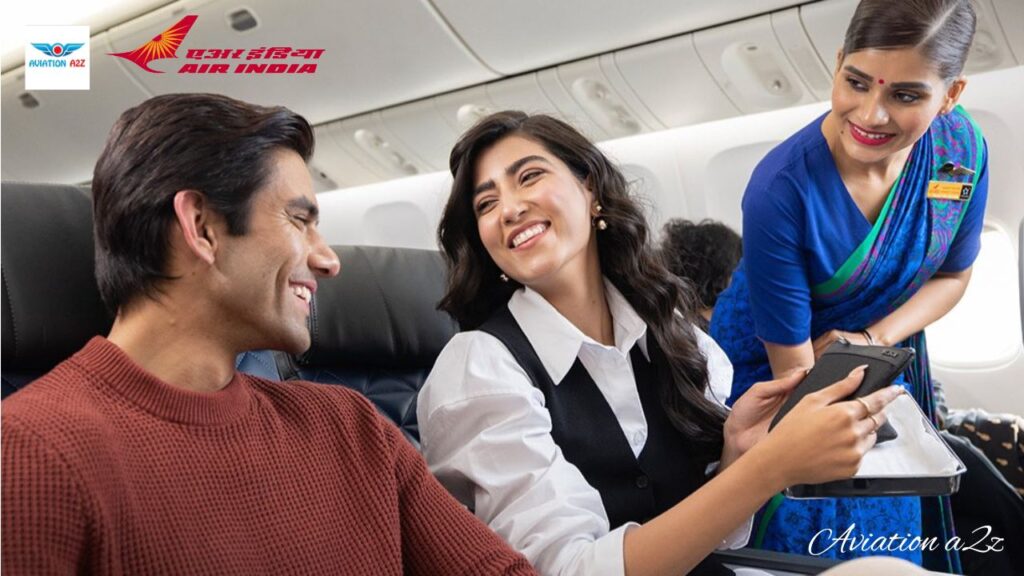
Targeting Premium Customers with Larger Plane
Air India is shifting its focus towards becoming a premium carrier, a transition evident in its refurbishment announcements and a strategic plan to introduce a premium economy on its narrowbody fleet. Additionally, there has been a deliberate delay in the merger of Vistara with Air India.
Vistara, with a majority of its fleet configured in three classes, particularly relies on the versatile A321neo, a popular choice globally.
Given the fiercely competitive nature of the Indian market, the emphasis has been on cost reduction, especially with Air India inheriting legacy costs.
The airline appears to concentrate on lowering its CASK (Cost per Available Seat Kilometre). Drawing from Vistara’s experience of twice reconfiguring its aircraft since inception, Air India may be aiming to maximize the number of economy seats alongside Business and Premium Economy offerings.
While Airbus doesn’t provide a detailed breakdown of the A321neo, options like the A321LR, utilized by Vistara for longer routes to destinations such as Bali, Mauritius, and Hong Kong, and the yet-to-be-inducted A321XLR, could play a pivotal role.
These options might enable Air India to launch new destinations and increase capacity at slot-constrained airports in India and neighboring countries.
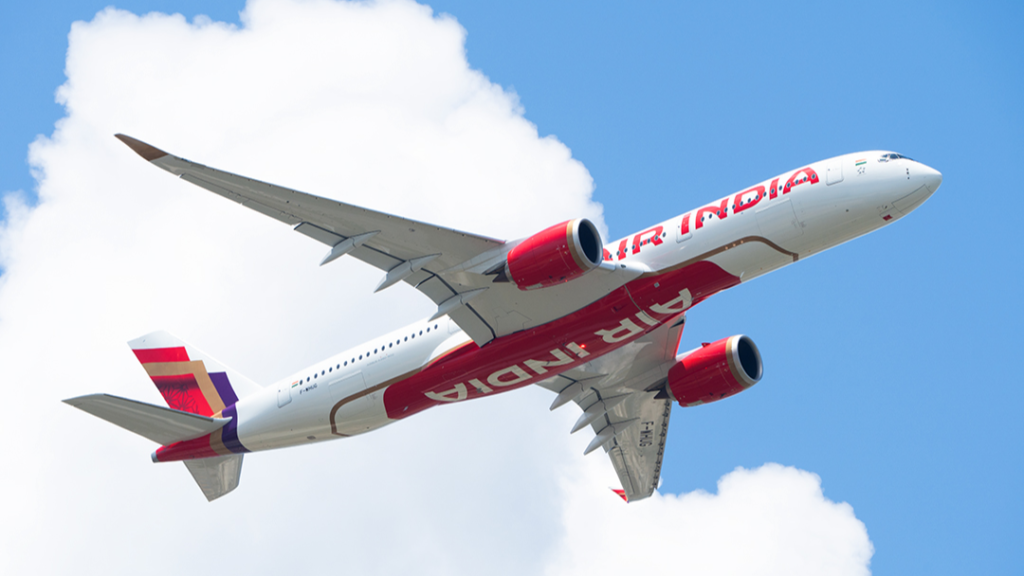
Eyeing Ultra Long Hual Routes
The adjustments to the widebody order reflect a balanced strategy. The A350-900, with fewer seats and a shorter range compared to the A350-1000, offers a more versatile solution.
While the A350-1000s provide broader flexibility, this comes with an additional cost, and not all routes may warrant such extensive capacity. Some of these aircraft could serve as replacements for aging 787s, with the A350-900s being a better fit for these requirements.
Notably, the A350-900 includes the ULR version, capable of flying up to 18,100 km, a variant utilized by airlines like Singapore Airlines for routes to the US. Cathay Pacific and Qatar Airways have both versions in their fleets, and Air India, among others, plans to incorporate both.
Given a delivery timeline spanning several years, a typical “options” clause is embedded in the contract, though not publicly disclosed, and Airbus is investing in increasing the monthly production rate.
Further adjustments in Air India’s order, particularly on the narrowbody front, remain a possibility.
Stay tuned with us. Further, follow us on social media for the latest updates.
Join us on Telegram Group for the Latest Aviation Updates. Subsequently, follow us on Google News

